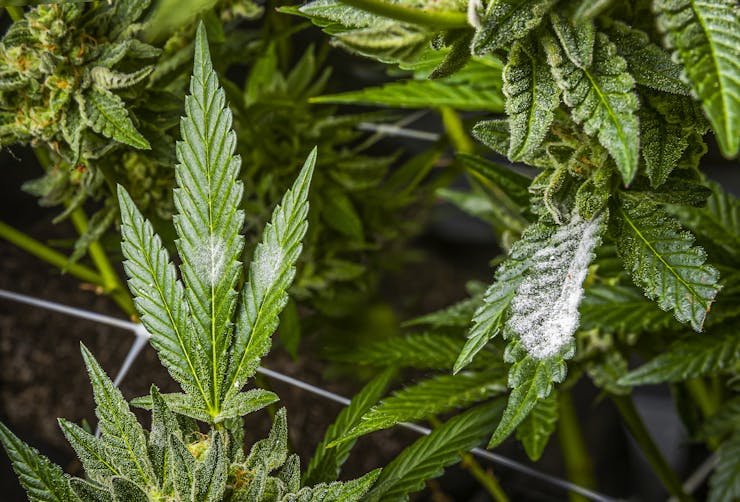Mycotoxins are non-living, toxic compounds that are produced as a byproduct of certain molds and fungi. They can sometimes be produced during cannabis cultivation and found on cannabis. Since mycotoxins are known to be dangerous to humans, most jurisdictions with regulated cannabis programs require that cannabis products be tested for mycotoxins before they can be sold to consumers. Still, they are a risk factor for those purchasing cannabis from unregulated markets, where testing usually doesn’t occur.
“I just tested my crop and there were no mycotoxins present.”
“I shop in the regulated cannabis market to avoid ingesting mycotoxins.”
What are mycotoxins?
Mycotoxins are nonliving, toxic compounds that are produced as a byproduct of certain molds and fungi. They grow on many different kinds of agricultural crops, and can sometimes be produced during cannabis cultivation and grow on cannabis. They are particularly likely to develop in warm, moist environments. The two most common mycotoxins found on cannabis products are aflatoxins and ochratoxins.
The danger of mycotoxins
Mycotoxins are important to be aware of because they are known to be dangerous to humans, animals, and plants. Depending on the type of mycotoxin, exposure could lead to damage to the liver and kidneys, increased risk of certain cancers, and negative effects on the immune system in humans.
How can you avoid mycotoxins in cannabis?
Since mycotoxins are known to be dangerous to humans, most areas with regulated cannabis programs require cannabis products to be tested for mycotoxins before they can be sold to consumers. Still, they are a risk factor for those purchasing cannabis from unregulated markets, where testing is not required. To keep yourself safe from mycotoxins, make sure any cannabis products you use are tested for mycotoxins before you use them.
